Illinois Research Pinpoints Ways To Better Handle Transport Stressillinois-
Research began 10 years ago when it became apparent that pig losses in transit had increased since the early 1990s, resulting in animal welfare and economic concerns, says Mike Ellis, University of Illinois professor of animal sciences
June 22, 2011

University of Illinois research has confirmed that pigs can better handle the stress of transport when provided an optimum amount of floor space and hauled longer distances.
Research began 10 years ago when it became apparent that pig losses in transit had increased since the early 1990s, resulting in animal welfare and economic concerns, says Mike Ellis, University of Illinois professor of animal sciences.
“Our goal was to understand why those losses were occurring and develop approaches to minimize them,” Ellis says. “Significant funding from the National Pork Board and several commercial companies, including Elanco Animal Health and The Maschhoffs, allowed us to perform research in a controlled, commercial setting. It’s a great example of how the industry came together to attack a problem and make positive change.”
To handle the challenge of animal handling that contributes to losses, Illinois researchers led by graduate student Chad Pilcher worked with commercial producers to perform on-farm research and better control how pigs were handled.
“We were able to perform controlled research where the pigs were handled the same so we could evaluate journey time and floor space,” Ellis says. “We discovered that the lower the floor space available per pig, the higher the losses can be. However, there is evidence that you can give them too much floor space. When pigs are transported, they are more likely to be thrown about if there is too much open space. If they are closer, but not too close, they can help support each other.”
Time in transit also affected the pig’s ability to handle the stress of loading and unloading, Ellis says.
“There’s not much research on this topic as it pertains to transportation loss,” he says. “But we have evidence that suggests short journey times could actually lead to higher incidences of losses because the pigs need a minimum amount of time to recover from the stress of loading at the farm. Normally, a pig will recover if given enough time. On short journeys, you may superimpose the stress of unloading onto animals who haven’t yet recovered from the stress of loading.”
Previous recommendations from Ellis and his research team on floor space allocations have resulted in lower transportation losses (less than half of a percent of pigs in most well-managed systems). But the subject remains a concern because producer investments are large in getting pigs to the market stage.
Co-author Bradley Wolter, chief operating officer of The Maschhoffs, Carlyle, IL, says working with the Ellis lab has allowed his company to lower pig losses within the supply chain between The Maschhoffs and its customers by more than one percentage unit.
“The 1% reduction experienced in animal losses during transport and handling represent pigs that are carrying the full value of current market prices and creates a significant impact to the profitability of the company,” Wolter says. “Moreover, minimizing the loss of pigs within our production system is a moral obligation we have to society that is consistent with our core values. This important area of research continues to enhance our understanding of how we can achieve this very important commitment.”
Industry strides in improved transportation and animal handling reduced the trends and differences Ellis expected to see.
“We did visual assessments of how stressed the pigs were upon arrival at the plant,” he says. “They were definitely more stressed after being unloaded from shorter journeys. But, anytime the losses are low to start with, you won’t find many factors that will lower them further. As losses are reduced, it’s more difficult to show how these factors are involved.”
That’s a good outcome for everyone involved, Ellis says, And Wolter says this study validated previous recommendations used by his company’s animal haulers.
“The results from U of I’s science-based program have been incorporated in a comprehensive set of standard operating procedures within our organization that are implemented by producers within the barns prior to loading the truck, all the way through the process to the pig handler within lairage at our customers’ operation,” Wolter says.
You May Also Like



